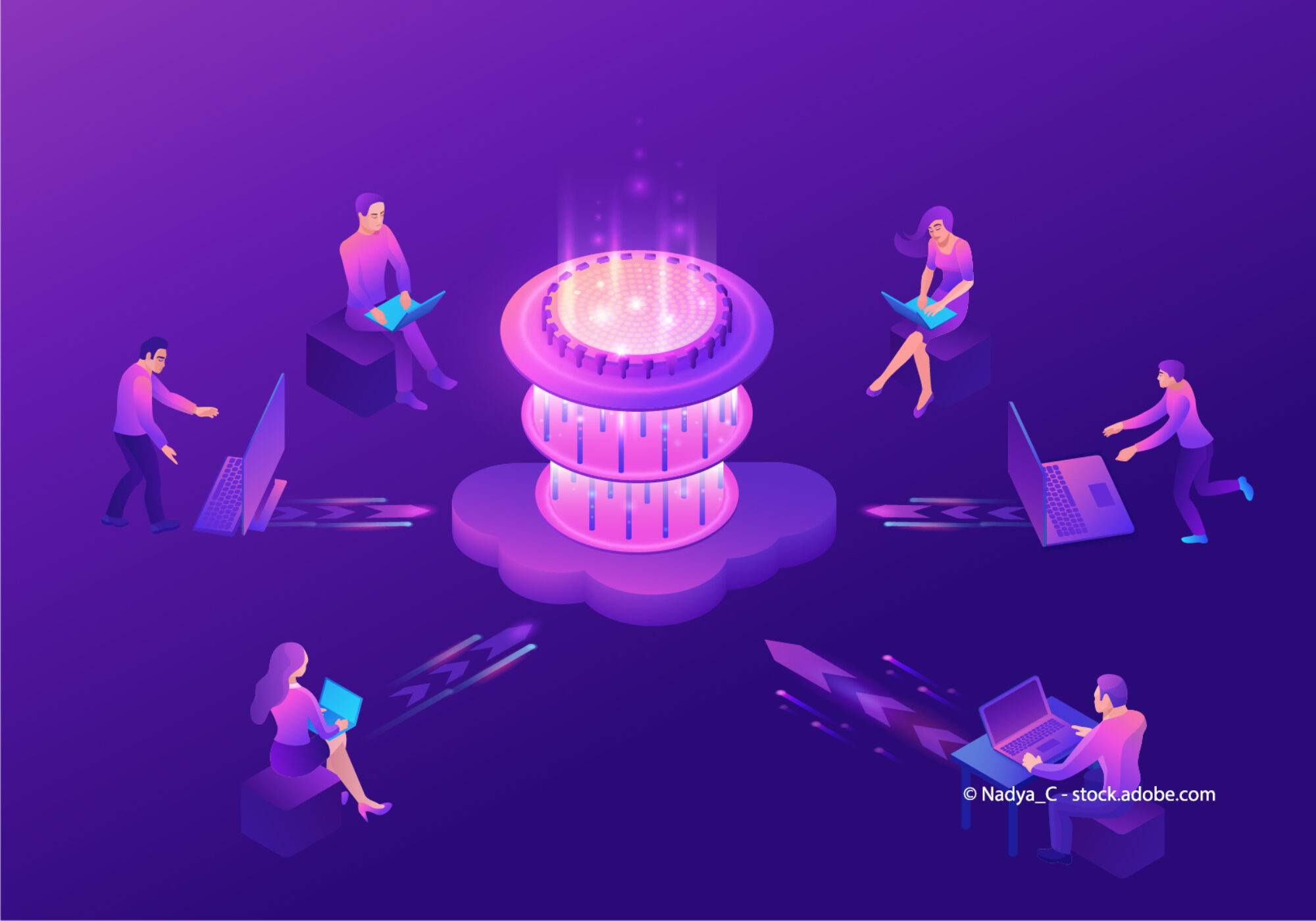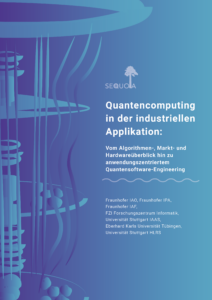



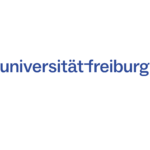
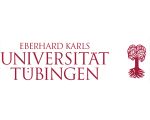

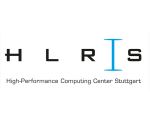

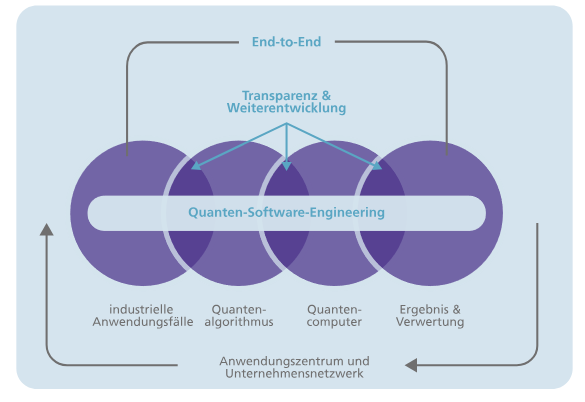
Goals
The joint research project SEQUOIA End-to-End aims to harness the potential of quantum computing for industry. Current bottlenecks in the entire quantum software development process will be made transparent and transformed into high-performance, automated and controllable end-to-end solutions for industrial applications. These are based on the methods and tools for quantum computing in industrial applications developed in the preceding project SEQUOIA on the basis of eight use cases.
Approach
Research and development work is carried out in three focus areas. In the first field, a precise understanding of all processes in quantum software development is being developed. The second focus area is dedicated to quantum software engineering and researches tools for the efficient development of reliable quantum applications. In the third focus area, benchmarks are developed based on the industrial use cases of the company network, which quantify the state of quantum computing for various industrial issues.
Outcomes
The algorithms, tools and methods developed in the project are continuously incorporated into the SEQUOIA software component kit. These tools are made available as open source via corresponding GitHub repositories. Based on the eight use cases from the fields of production, logistics, engineering and automotive, end-to-end demonstrators are developed and made available as best practices for the entire quantum software development process as self-explanatory, interactive Jupyter Notebooks in the »Competence Center Quantum Computing Baden-Württemberg« (KQCBW). This makes quantum software engineering methods comprehensible even for experts without explicit experience of quantum computing.
As a key result of the joint research project »SEQUOIA«, Fraunhofer IAO and other research partners have published the study »Quantum computing in industrial applications«. It provides a comprehensive overview and shows current hardware and software implementations, including the most common algorithms and industrial case studies. The aim is to enable companies and developers to use quantum software in a target-oriented manner. The study can be downloaded free of charge via the link below.

